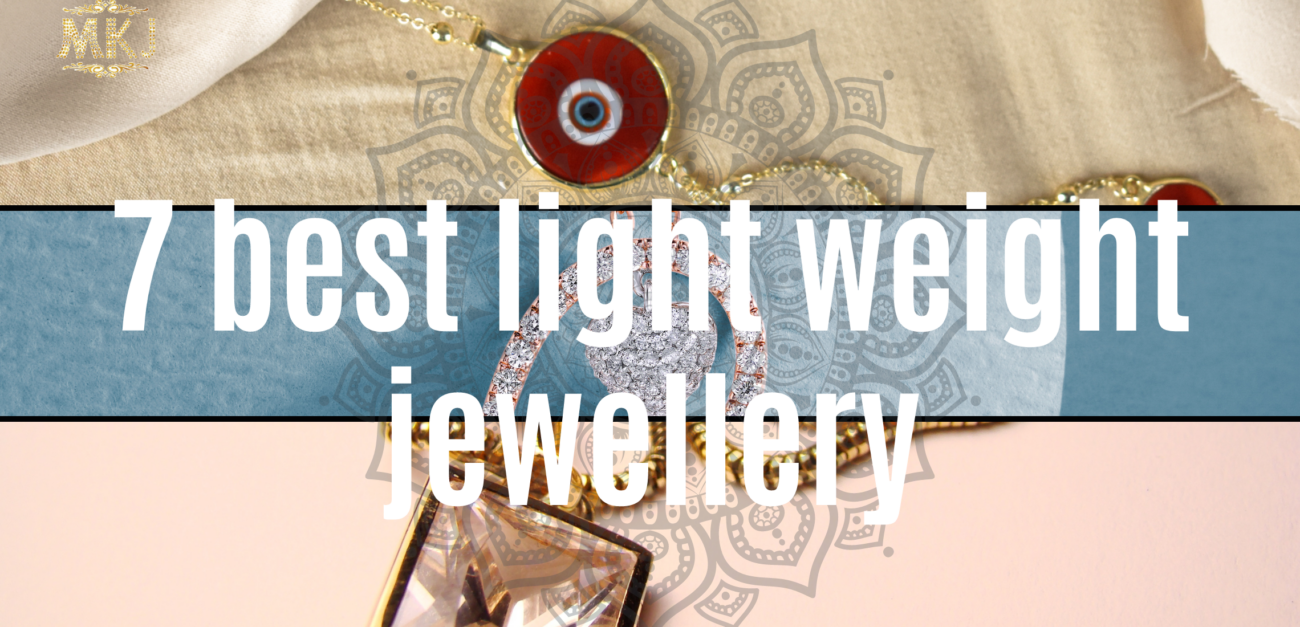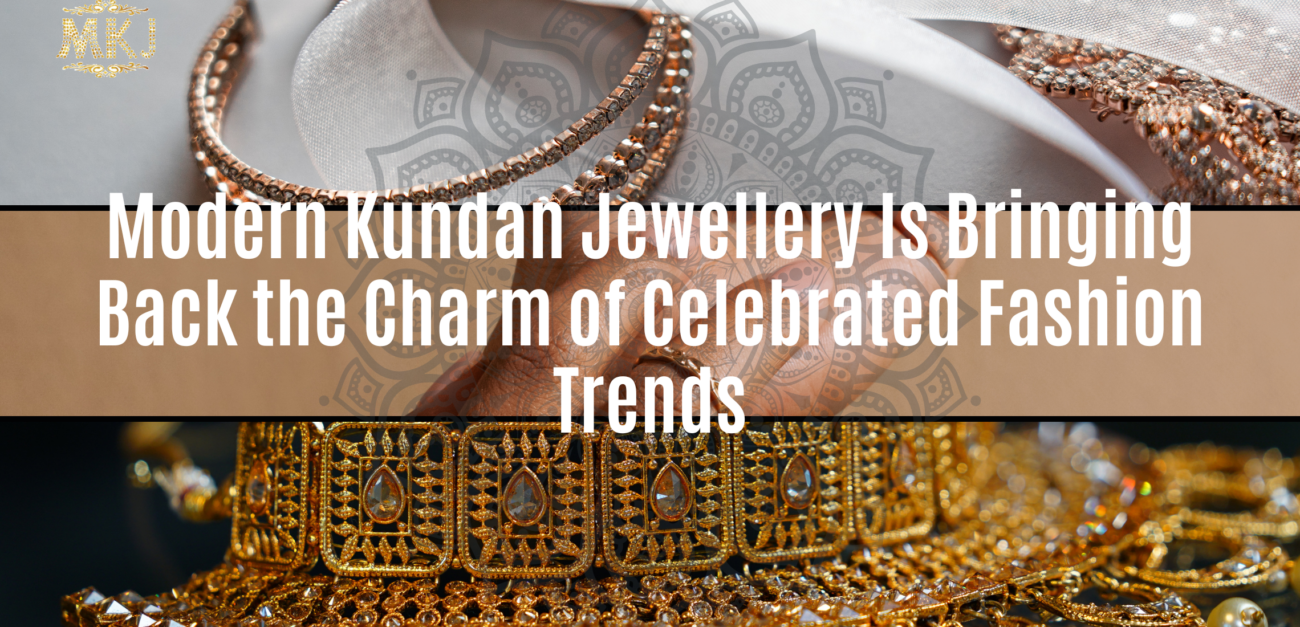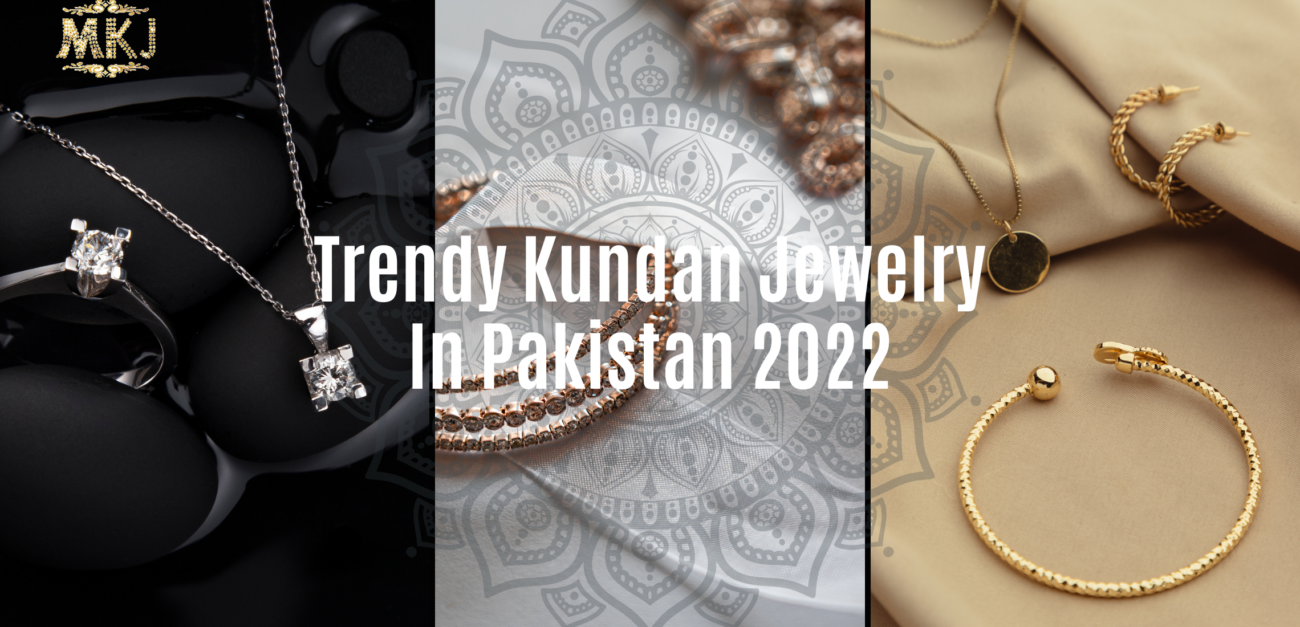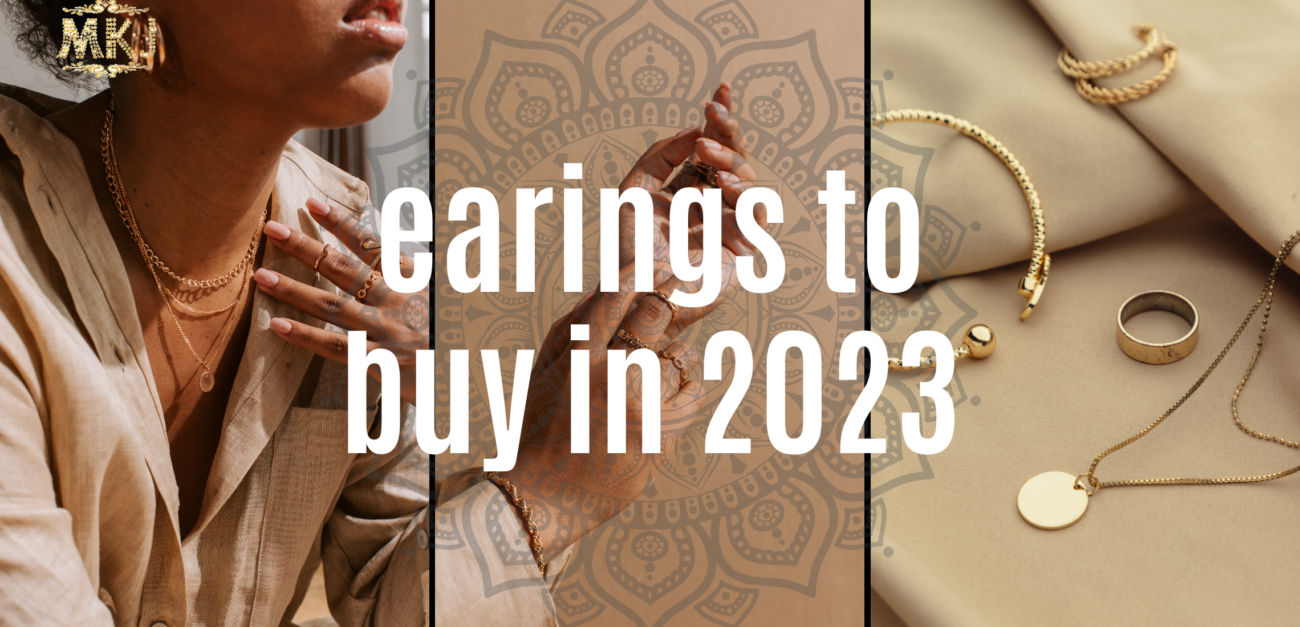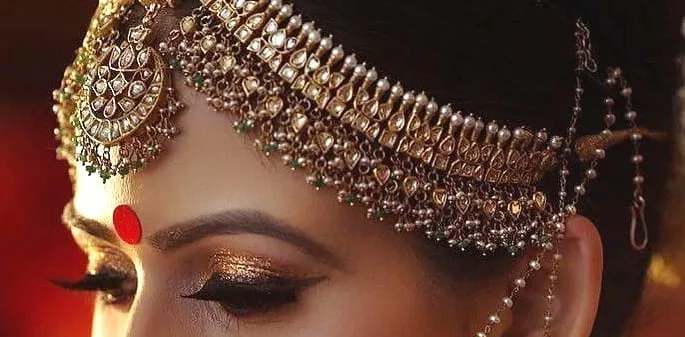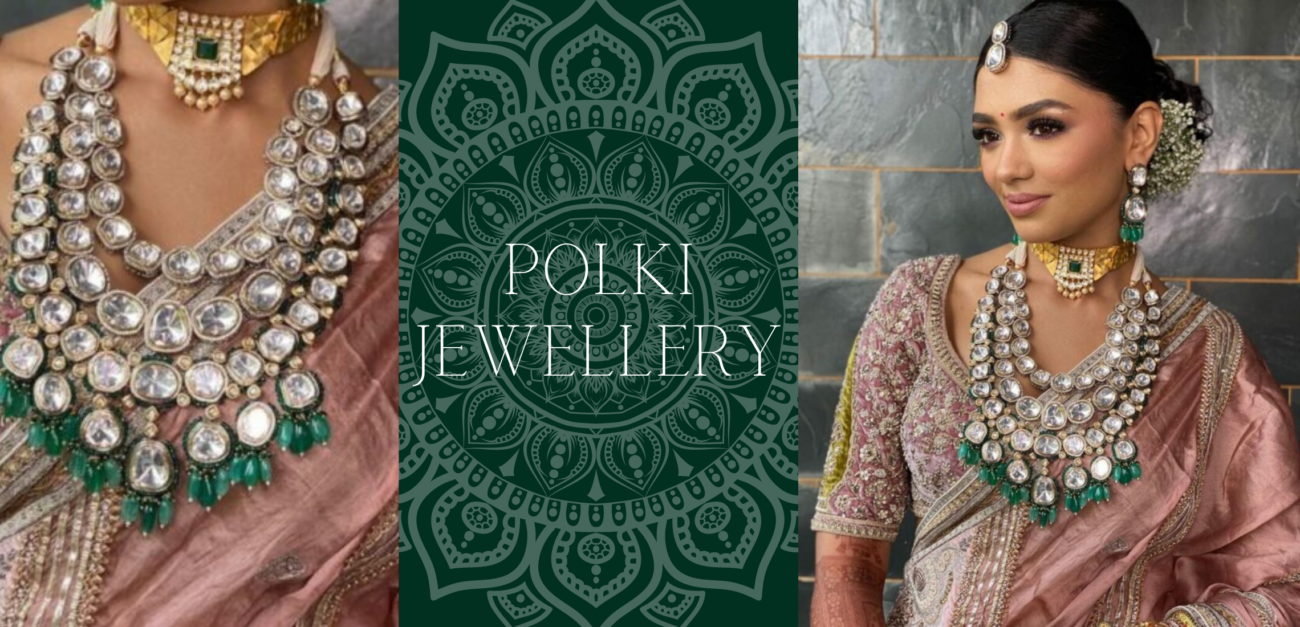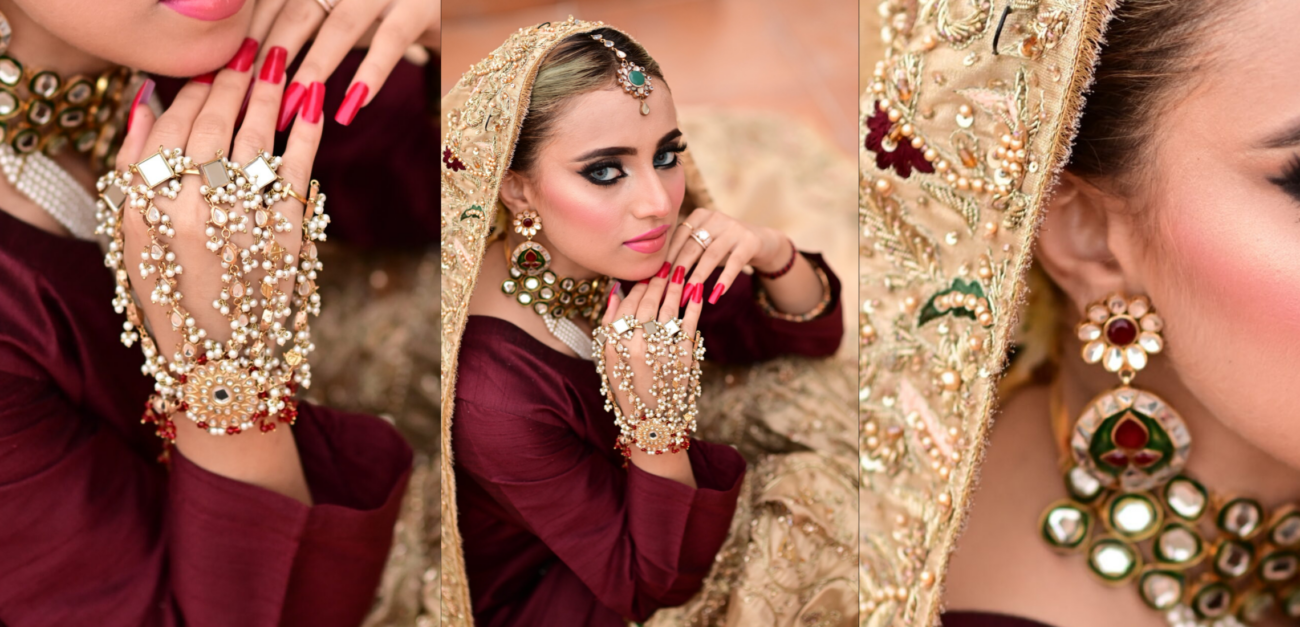A Luminous Turkish Handicraft: Jewelry Design
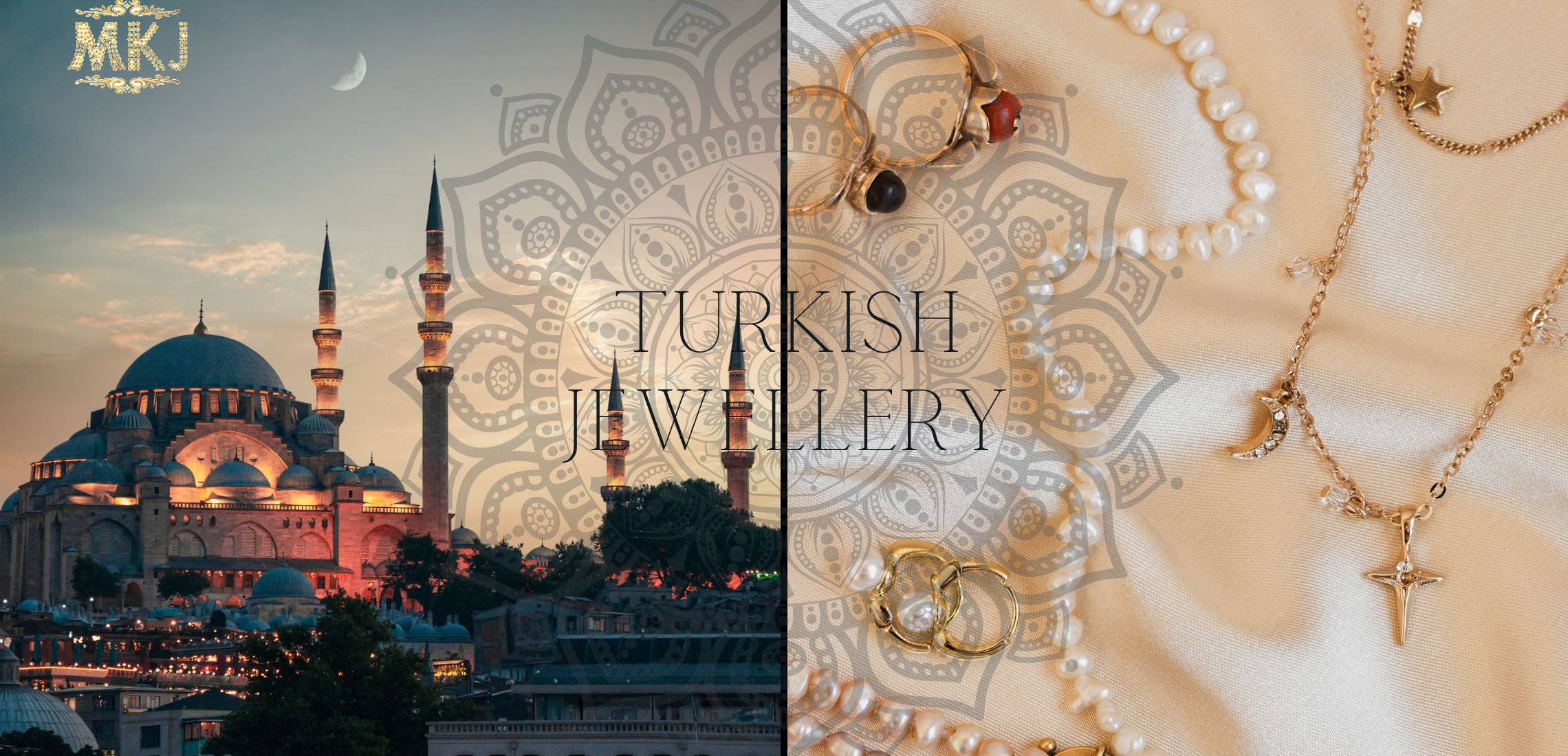
Golden jewelry, silver bracelets, pearl earrings, gemstone rings featuring emeralds, rubies, diamonds, and so much more…
Turkish jewelry designs draw worldwide interest with their unique motifs, rich legacy, and artisan craftmanship. Türkiye’s location at the crossroads of Europe and Asia, and the vast lands dominated during the Ottoman period and before, with many different cultures, have influenced the Turkish art of jewelry making. You might wonder how these influences manifest themselves in jewelry.
In this article, we’ve gathered information about Turkish jewelry design – from its history to the importance of gold and to the tradition of jewelry making. Let’s take a look at the development of this special and alluring tradition. Turkish jewelry has a history as long as that of Türkiye itself. The Seljuks, as they emigrated from Central Asia, brought their jewels to Anatolia and profoundly contributed to the development of Turkish jewelry. This early jewelry shows outstanding craftsmanship which challenges contemporary technology despite the use of old techniques and tools. Precious stones like turquoise, rubies, and pearls and materials like gold, silver, and bronze were widely used in the jewelry of the Seljuk period.

Another distinctive feature of this jewelry is the reflection of pastoralist symbols related to the Seljuk nomadic culture. For this reason, there are flower-like shapes and motifs that allude to animals such as horns, tails, and birds. To this day, these original motifs stand out on pendants, rings, and bracelets used by Turkoman tribes.
At the same time, Anatolia is a key location for both Turkish jewelry and global jewelry designs. Anatolia, a fertile land which is home to many civilizations, has produced exquisite jewelry for over 5,000 years. The local civilizations have created their own jewelry styles, each with its own forms, motifs, and techniques.
According to archaeological finds, stone, bone, shell, malachite, and chalcedony, among others, were used in early jewelry. Excavations have also revealed many pieces of jewelry with copper and copper beads. Furthermore, the tradition of gold processing in Anatolia is as old as time itself. The Ottoman Empire was a notable threshold that enhanced the superb craftsmanship of Turkish jewelry designers. The masterpieces of this period are ornamented and highly colorful. Bejewelled chokers, encrusted necklaces, twisted bracelets, and signet rings were the period’s most precious pieces. Earrings also were integral to Ottoman women’s appearance – from ones shaped like pearl drops to long, dangling pieces. Jewelers used various metals when creating their pieces and gave importance to protecting the nature of the stones and metals. As a result, it is unlikely to see motifs with strict symmetry on Ottoman jewelry.
Aigrettes, symbols of power, were commonly used by the Ottoman sultans and their court. Apart from holding a place among the sultan’s principal accessories, they were also given as gifts to chosen individuals by the sultan. They were ornamented with precious gemstones, while floral or drop shapes were preferred. In addition, pins embellished with rubies, sapphires, and emeralds were favorite pieces for women’s head ornaments. Common motifs included tulips, roses, violets, floral bouquets, birds, and butterflies.
Belt buckles with floral or geometric motifs decorated with diamonds, rubies, turquoise, and emeralds were also popular accessories. Ottoman women used them to embellish their appearance.

